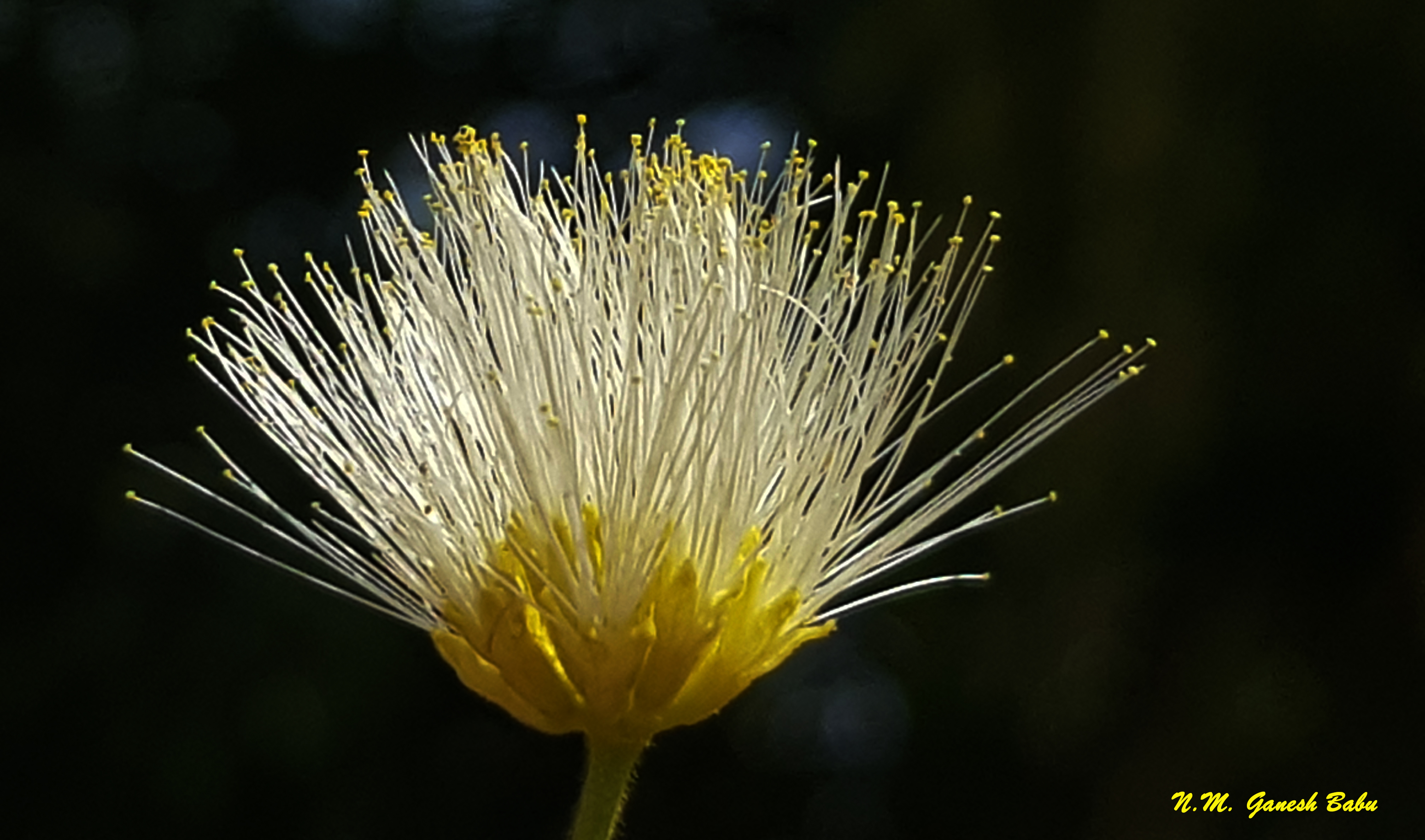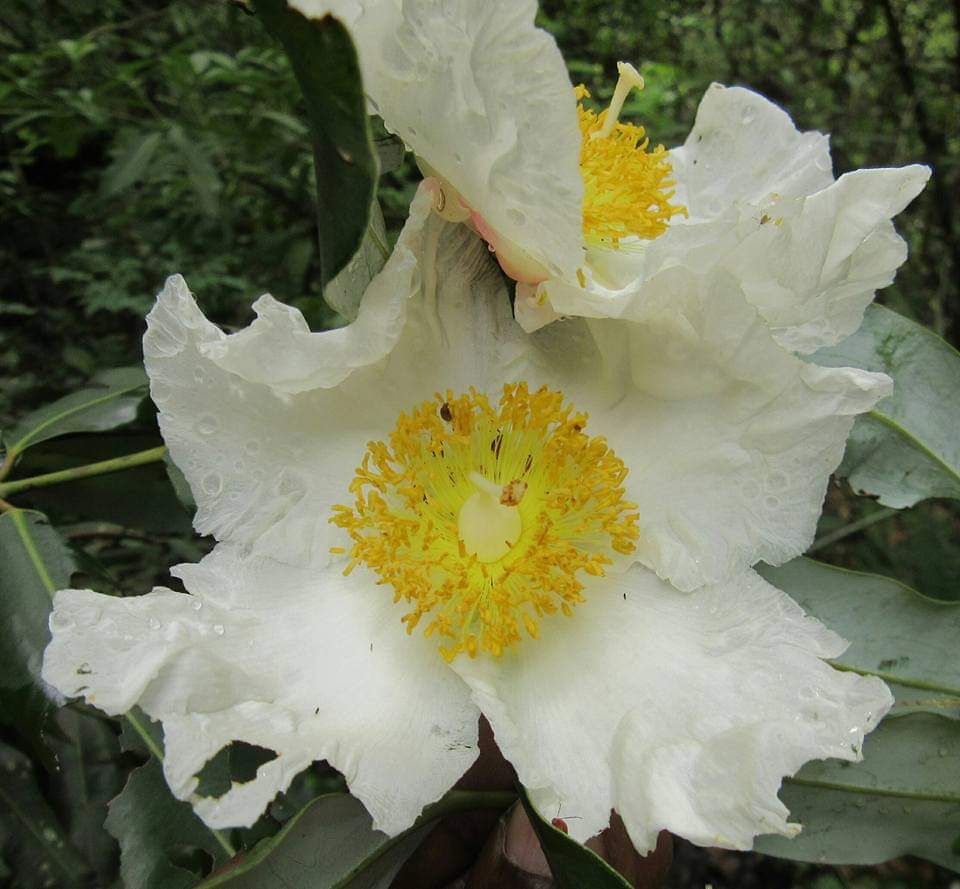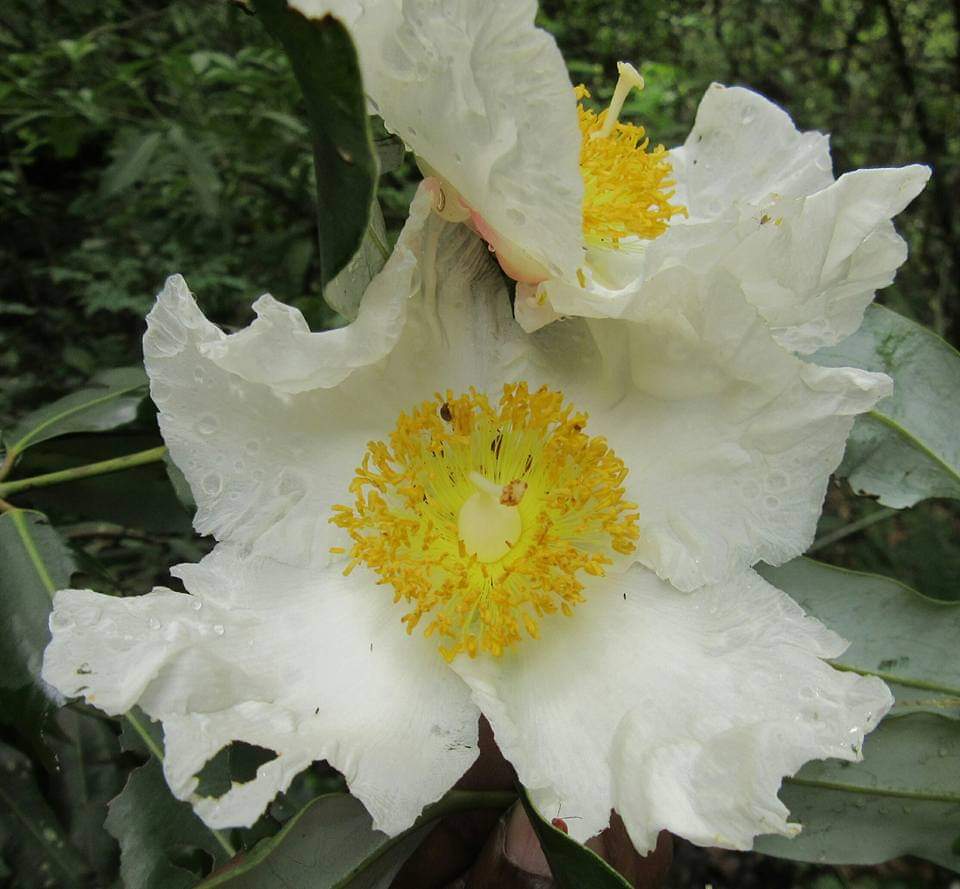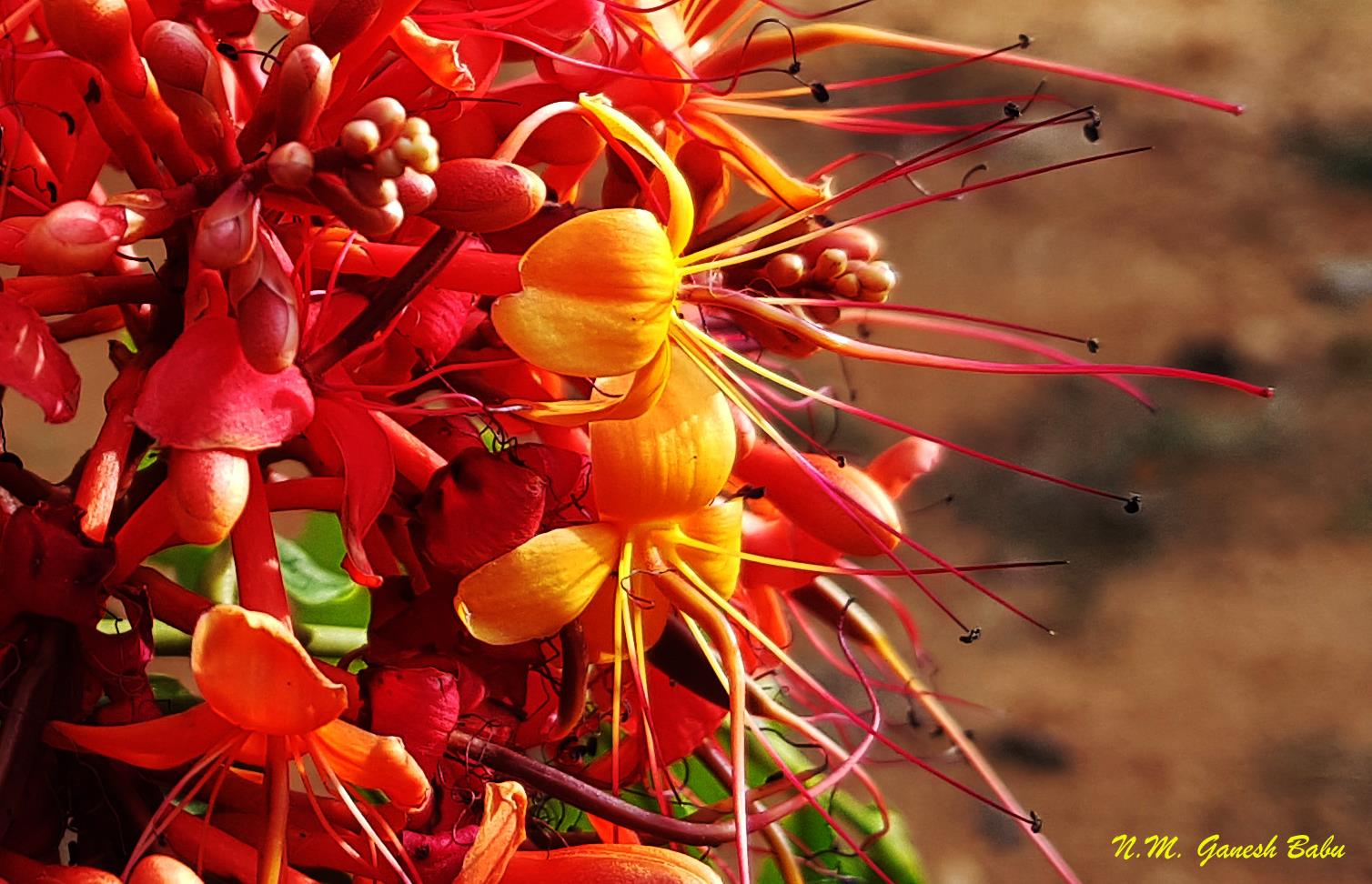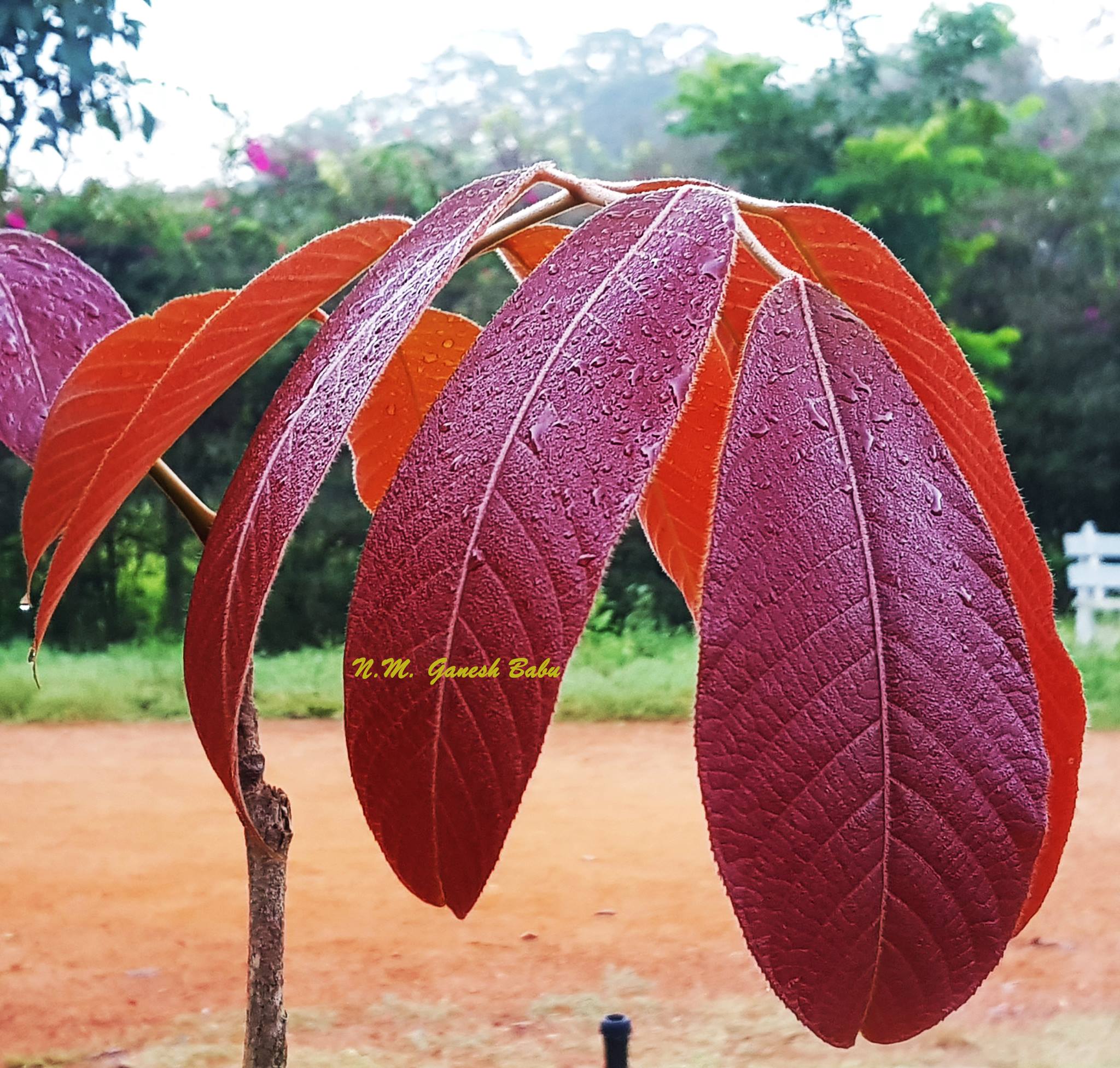

Spondias pinnata
₹ 150
It is a deciduous tree with yellowish brown, smooth branches. Leaves are 30-40 cm long, compound with 5-11 opposite leaflets. Tiny flowers are borne in panicles at the end of branches, 25-35 cm long. Flowers are stalkless, white. Fruit is ellipsoid-ovoid, yellowish orange at maturity. Inner part of endocarp is woody and grooved, outer part is fibrous. Mature fruit is usually with 2 or 3 seeds.


